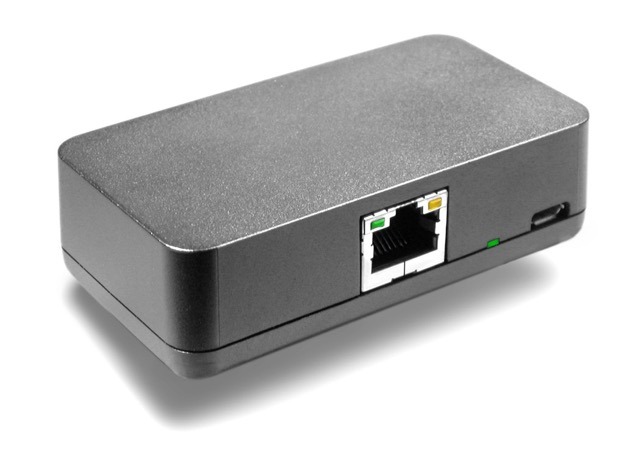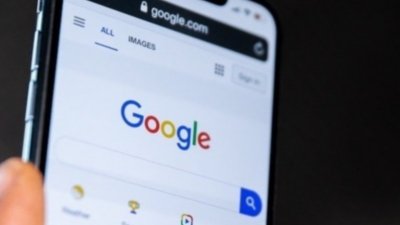A pair of new networking peripherals allows for an iPad or iPhone with Lightning to not only get wired network access through the port, but power as well.
Announced on Tuesday, Redpark's Gigabit + PoE Adapter connects an iPad or iPhone to Gigabit Ethernet and uses power over ethernet (PoE) to charge the device through a single ethernet cable when connected to a compatible network switch or power injector. The Gigabit + Power Adapter also connects an iPhone or iPad to a wired Ethernet network and uses an external AC power adapter to provide power to the device, eliminating the need for a PoE network switch.
Power and data are carried from either adapter to the device by a replaceable Lightning to micro USB cable.
Specific use cases for such a device are generally related to fixed installations like libraries or point-of-sale. Alternatively, either can be used for live streaming video from an iPhone where wireless networks might be congested, or latency is high.
Both adapters retail for $99. The Gigabit + PoE Adapter is available now, with the Gigabit + Power Adapter shipping in September.
Cabling is sold separately, and starts at $25 for a 16-inch cable, and $29 for 10 feet. Redpark's cabling is not required, with any MFi-certified micro USB to Lightning offering compatible with either device.
 Mike Wuerthele
Mike Wuerthele








 Malcolm Owen
Malcolm Owen
 Amber Neely
Amber Neely


 Christine McKee
Christine McKee

 Chip Loder
Chip Loder
 Marko Zivkovic
Marko Zivkovic









12 Comments
Hmm. Referring to this as a PoE device is a bit misleading because it is not really attaching to a wider PoE enabled network that ideally conforms to one of the PoE standards. I guess you could say that this is a PoE network consisting of a single node and a single power supply. The adapter appears to be more like an external wired NIC for attaching iOS devices to standard Ethernet in addition to also supplying local power to the host device. Nevertheless it's still a useful device for certain iOS device based applications where using WiFi is impractical or undesirable, e.g., in a high RF noise environment. This could, for example, be employed to use an iPad as a human machine interface (HMI) panel on the door of an industrial enclosure that has an Ethernet connection/switch inside the enclosure.
What am I missing here? We've been able to connect any iDevice to an ethernet network for a decade (or close to it). You just need the correct adapters so that you can get USB-A out to a USB-A-to-Ethernet adapter. It will charge your device through the Lightning port on the camera adapter, and it's considerably less expensive without needing a massive power brick so it can route power over Ethernet or needing to use its micro-USB-B port. Why won't micro-USB-B die already?!
And those are official components, but cheaper 3rd-party adapters work just as well because the OS already understand an ethernet networking stack.
This would come in VERY hand for me...
On my lunch break at work, I like to watch Hulu. Our Wi-Fi and my cell service is terrible, plus video burns through data.